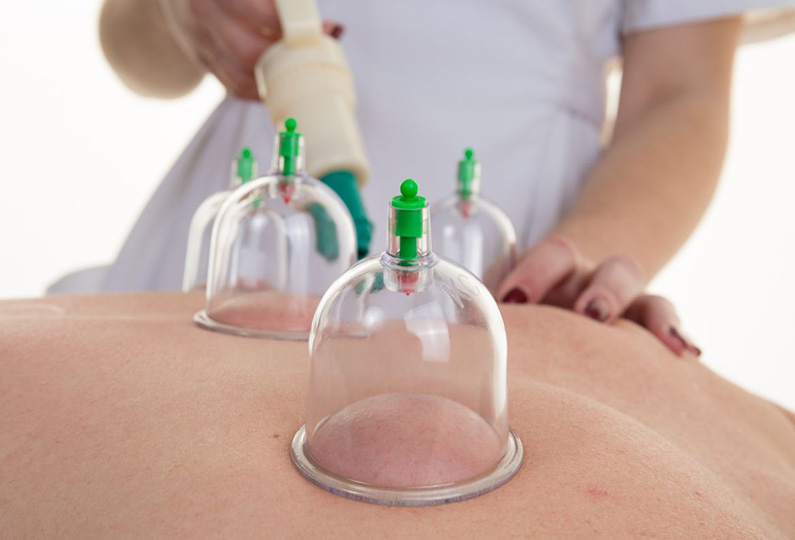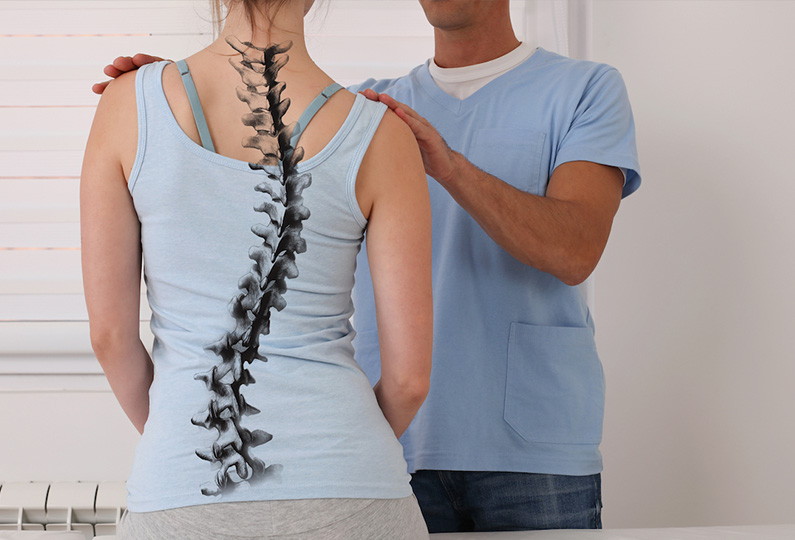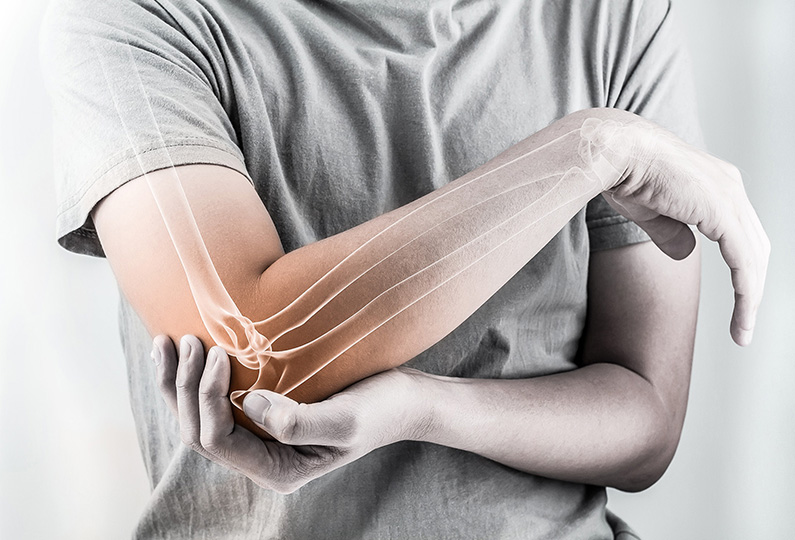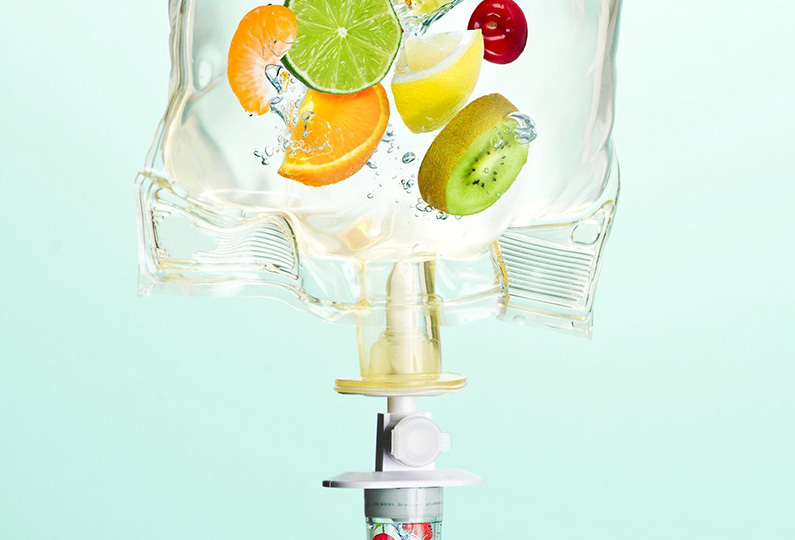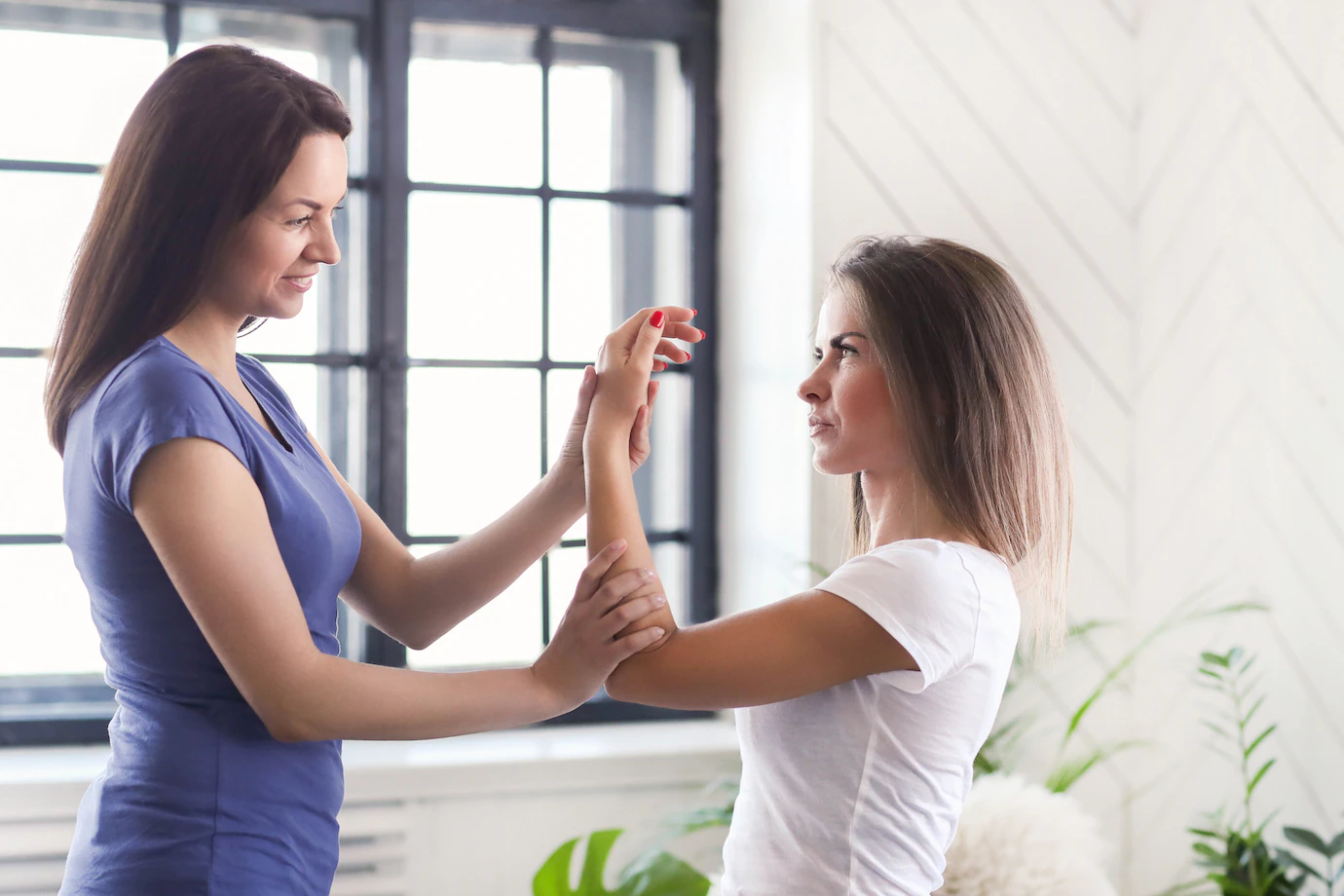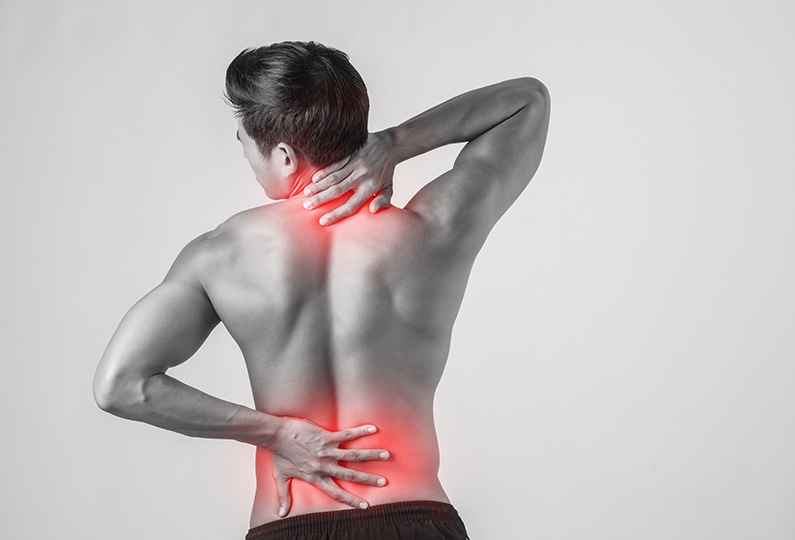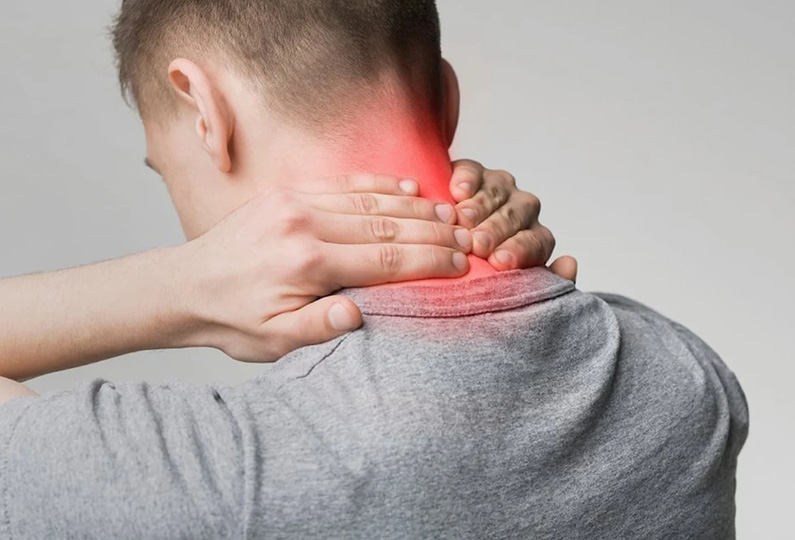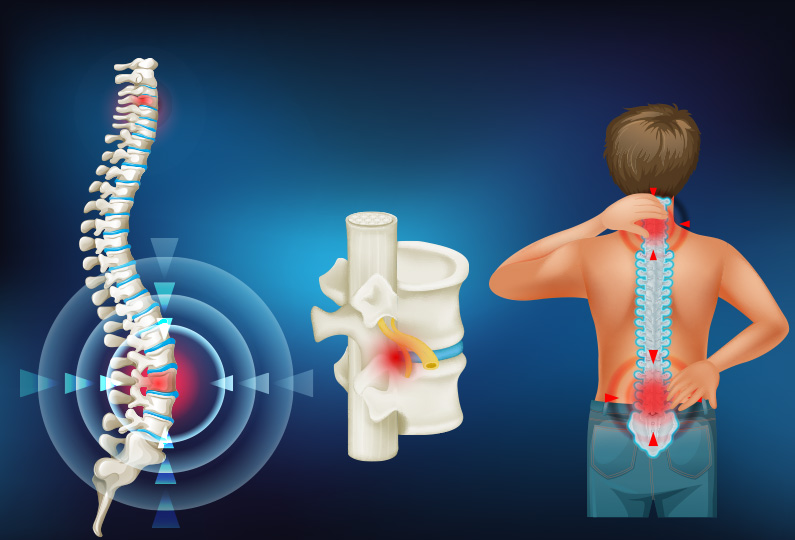Cupping Treatment
Cupping Treatment
Although cupping is often associated with Chinese medicine, it was practiced in Ancient Egypt and Greece, as well as in Medieval Europe. Cupping was first mentioned in the Ebers Papyrus, a medical text from Egypt dating back 3,000 years. The current interest in cupping is related to the interest now being shown in the West in traditional Chinese medical practices.
Cupping involves using small cups to create a gentle vacuum when placed on the skin. The vacuum pulls part of the skin into the cup. Traditional Chinese medicine used cups made from parts of bamboo, but today a wider range of cups are used.
How is cupping performed?
The purpose of cupping is to draw more blood to the surface of the skin. This is usually achieved by creating a partial vacuum inside the cup through heated air and then placing the cup on the skin. As the air cools and contracts, the skin is drawn towards the cup. The cup is usually left on for between five and ten minutes and then removed. A distinct red circle will remain on the skin where the tissue has been pulled up. This will disappear within a few days.
When starting traditional cupping, a lighted piece of cotton wool is briefly inserted into a glass sphere with an open bottom. This quickly heats the air inside the sphere and then the open end of the glass is placed on the subject's body. Another approach is to use plastic cups that allow the therapist to extract air through a pump mechanism. This gives more control over how much tissue is drawn into the cup. In some cases, oil is massaged into the skin so that the cup can be easily moved over the affected area. The oil also helps to create a better seal for the cup.
What are the Types of Cupping?
Over the years, several different types of cupping have evolved. In some ways, cupping mimics acupuncture, which is believed to stimulate the body's pressure points to ensure the normal and healthy distribution of fluids and energy. Aromatic oils are sometimes used in the cupping cup for added effect.
Dry cupping is probably the most commonly used method. By heating the cup directly or holding the open end close to a flame, a slight vacuum will be created in the cup. Once the cup is placed on the skin, the cooling air pulls the skin upwards.
Cupping is also called cupping. After using dry cupping for up to five minutes, the therapist will make small incisions in the area. The cup is once again prepared and applied to the affected area. The blood will be drawn out of the body in a vacuum.
Cupping with massage (also known as cupping by gliding) involves moving the cup over the affected area such as the back to combine both massage and cupping, this effectively causes myofascial release.
Cupping on fire requires the practitioner to use a cotton ball soaked in methyl spirits and then set it on fire to heat the air inside the cup. As the oxygen inside the cup is consumed, a vacuum is created.
Silicone cupping uses flexible, silicone cups. This method has been found to eliminate or at least reduce the bruising that often accompanies cupping.
What are the health benefits of cupping?
- The benefits of cupping are not actually 'skin deep', but instead extend up to four inches of the body. Cupping provides both physical and mental benefits:
- Cupping brings the body's blood closer to the surface of the skin, which is generally thought to increase circulation.
- During cupping, tense, painful muscles are relaxed, helping the muscle fibers to heal and relax.
- Post-operative scar tissue and adhesions can be painful as the stretched tissue is pulled during movement. Cupping can help soften these tissues and make them more supple and flexible, reducing pain.
- Cupping supports and strengthens the immune system by helping lymph fluid to move more effectively through the body.
- Depressed or anxious people often feel much more relaxed and positive after a cupping massage.
- Cupping is also thought to be beneficial for those suffering from respiratory conditions such as colds, asthma, allergies or bronchitis.
